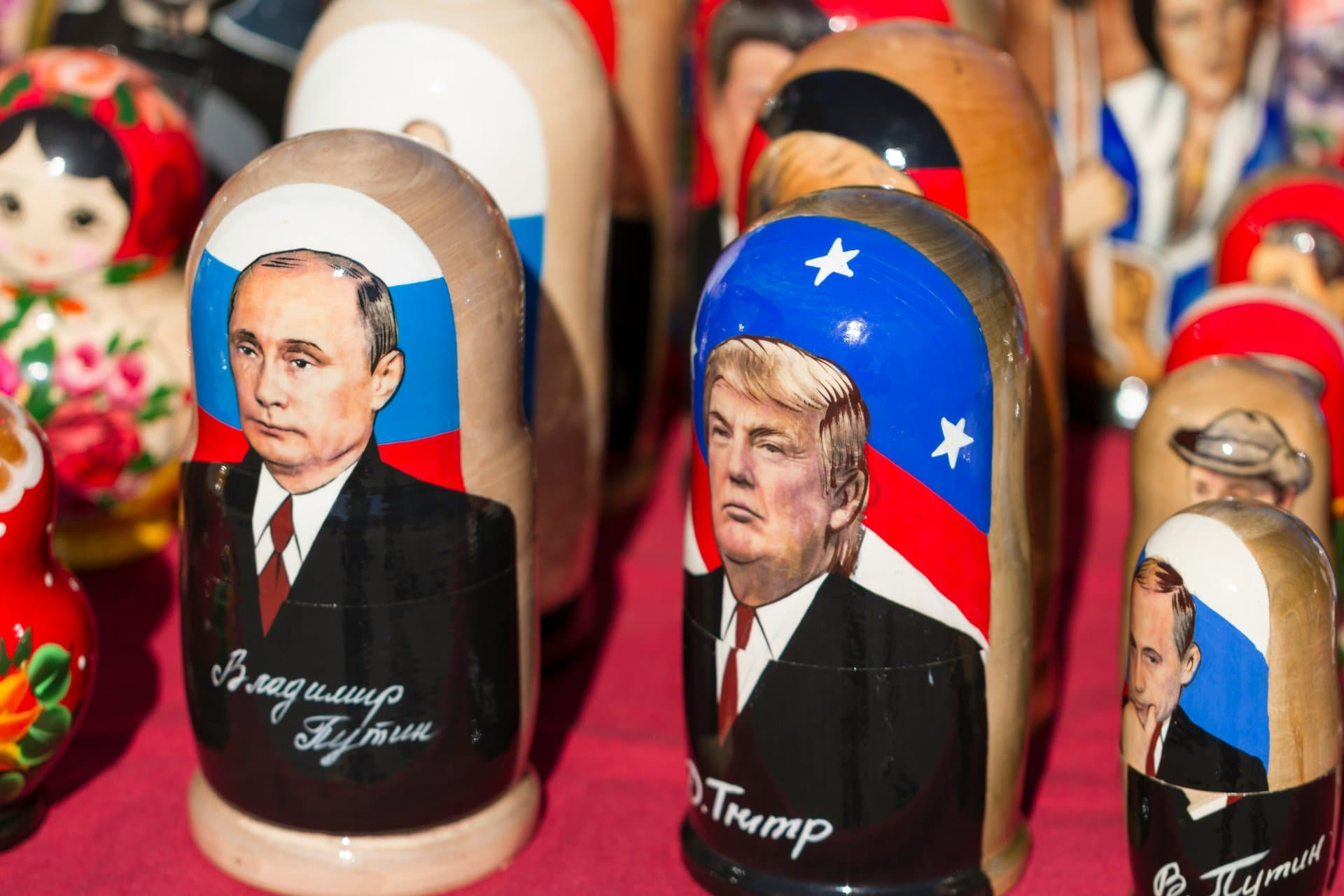S&P Futures Steady Amid U.S. Retail Sales and Trump-Putin Talks
Explore how muted S&P futures reflect cautious investor sentiment amid modest U.S. retail sales growth and a high-stakes Trump-Putin meeting, revealing key insights into market stability and geopolitical risks.

Key Takeaways
- S&P 500 futures showed minimal movement amid cautious investor sentiment.
- August core retail sales rose a modest 0.1%, slightly beating flat forecasts.
- Trump-Putin meeting heightened geopolitical uncertainty impacting market outlook.
- Producer Price Index data signaled stronger-than-expected inflation pressures.
- Federal Reserve rate cut expectations remain cautious and measured.

On August 15, 2025, Wall Street found itself in a holding pattern. S&P 500 futures edged up a mere 0.05%, reflecting investor caution as markets awaited two pivotal events: the release of U.S. retail sales data and a high-profile meeting between former President Donald Trump and Russian President Vladimir Putin. The retail sales report revealed a modest 0.1% increase in core sales, hinting at steady but unspectacular consumer spending. Meanwhile, geopolitical tensions simmered as the Trump-Putin dialogue promised to influence energy markets and global security dynamics. This article unpacks how these intertwined economic and political factors shaped market behavior, challenging myths of runaway growth or imminent collapse, and offers insights into navigating this nuanced landscape.
Navigating Retail Sales Signals
Imagine the U.S. consumer as the engine of the economy, and retail sales as the fuel gauge. On August 15, 2025, that gauge ticked up by a modest 0.1% in core retail sales, just nudging past the flat forecast. This slight rise, excluding autos, suggests that Americans are cautiously opening their wallets despite headwinds like high borrowing costs and inflation. It’s like a runner pacing themselves in a marathon—not sprinting, but steady enough to keep going.
This data challenges the myth that consumer spending is either booming or busting. Instead, it paints a picture of resilience tempered by caution. Sector swings—where non-store retailers and clothing saw better performance while autos and gasoline lagged—reflect shifting priorities and economic realities. For investors, this means the economy isn’t charging ahead wildly, nor is it stalling; it’s finding a middle ground that demands careful attention rather than bold bets.
Interpreting S&P Futures’ Calm
S&P 500 futures barely budged, rising a whisper of 0.05%, signaling a market in wait-and-see mode. This muted action isn’t boredom; it’s a strategic pause as traders digest the twin forces of economic data and geopolitics. Think of it as a chess player holding their move, weighing the board carefully before committing.
The steady futures reflect a balancing act: optimism from steady retail sales clashes with caution over inflation and uncertain policy moves. Treasury yields and the U.S. dollar held firm, underscoring that investors aren’t ready to rewrite their playbooks. This challenges the myth that markets always react dramatically to data—sometimes, the story is in the silence, the subtle signals that hint at stability amid complexity.
Decoding the Trump-Putin Meeting
Geopolitics often plays the role of the unpredictable wild card in markets. The August 15 meeting between Donald Trump and Vladimir Putin in Alaska brought this into sharp focus. With the war in Ukraine as the backdrop, the stakes were high, and the potential market impact significant.
Investors watched closely, aware that any shift in sanctions, energy supply, or diplomatic tone could ripple through global markets. The meeting’s mere anticipation injected a layer of uncertainty, reminding us that markets aren’t just numbers—they’re human reactions to world events. This moment dispels the myth that markets operate in isolation; instead, they’re deeply entwined with the geopolitical dance.
Weighing Inflation and Fed Signals
July’s Producer Price Index surprised with a 0.9% monthly rise and a 3.3% annual increase, outpacing expectations and signaling persistent inflation pressures. Core PPI, stripping out food and energy, also climbed 0.9% month-over-month, reinforcing the narrative that inflation isn’t ready to retreat quietly.
Fed officials echoed this caution. St. Louis Fed President Alberto Musalem and San Francisco Fed President Mary Daly expressed skepticism about a large 50 basis point rate cut in September, citing economic strength and labor market resilience. This measured stance tempers hopes for aggressive easing, reminding investors that the Fed’s brakes aren’t off yet. It busts the myth that rate cuts are imminent and massive; instead, the central bank is navigating a delicate path.
Global Market Ripples
While U.S. markets held steady, global equities showed varied responses. Europe’s Euro Stoxx 50 Index climbed 0.61%, buoyed by optimism that the Trump-Putin talks might pave a path toward peace in Ukraine. Mining and chemical stocks led gains, reflecting hopes for stability.
In Asia, China’s Shanghai Composite rose 0.83% despite weak economic data, fueled by expectations of Beijing’s stimulus to support growth. Japan’s Nikkei 225 surged 1.71%, hitting record highs on stronger-than-expected economic expansion and speculation of Bank of Japan rate hikes. These moves highlight how interconnected markets are, with local data and global diplomacy weaving a complex tapestry. It challenges the myth that markets move in isolation; instead, they respond to a mosaic of signals, both economic and political.
Long Story Short
The S&P 500 futures’ muted response on August 15, 2025, underscores a market caught between modest economic signals and complex geopolitical undercurrents. The slight uptick in core retail sales suggests consumer resilience but stops short of igniting bullish fervor. Meanwhile, the Trump-Putin meeting casts a long shadow, reminding investors that diplomacy can sway markets as much as data. Inflation pressures, as seen in the Producer Price Index, temper hopes for aggressive Federal Reserve easing, keeping rate cut expectations modest. For investors, this environment calls for patience and vigilance—embracing stability without complacency. The lesson? Markets rarely move in straight lines; understanding the subtle dance between data and diplomacy is key to steering through uncertainty with confidence and clarity.